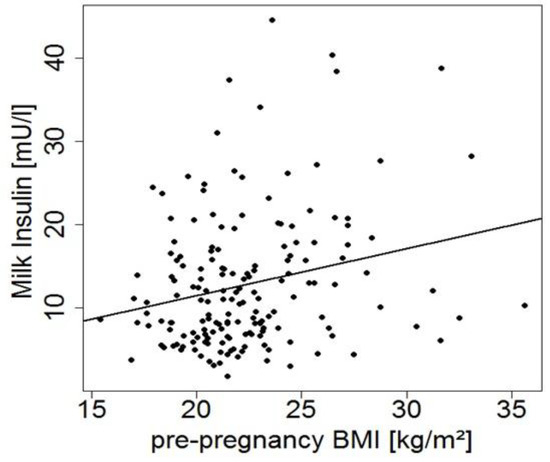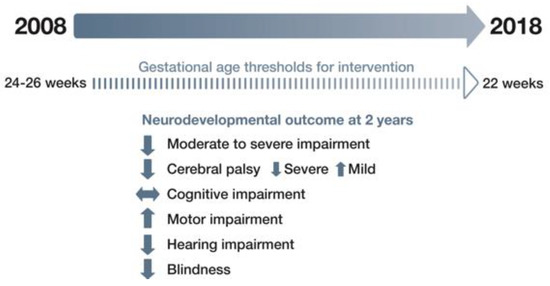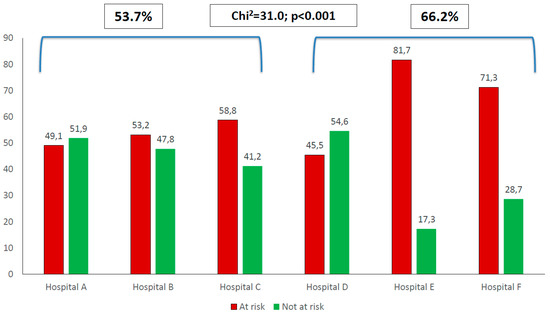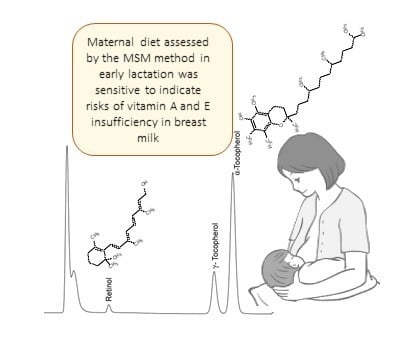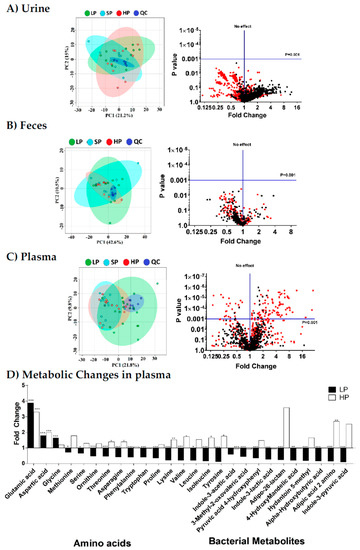Nutrients 2019, 11(9), 2034; https://doi.org/10.3390/nu11092034 - 30 Aug 2019
Cited by 22 | Viewed by 4715
Abstract
Human milk composition is variable. The identification of influencing factors and interdependencies of components may help to understand the physiology of lactation. In this study, we analyzed linear trends in human milk composition over time, the variation across different European countries and the
[...] Read more.
Human milk composition is variable. The identification of influencing factors and interdependencies of components may help to understand the physiology of lactation. In this study, we analyzed linear trends in human milk composition over time, the variation across different European countries and the influence of maternal celiac disease. Within a multicenter European study exploring potential prevention of celiac disease in a high-risk population (PreventCD), 569 human milk samples were donated by women from five European countries between 16 and 163 days postpartum. Some 202 mothers provided two samples at different time points. Protein, carbohydrates, fat and fatty acids, insulin, adiponectin, and insulin-like growth factor II (IGF-II) were analyzed. Milk protein and n-6 long chain polyunsaturated fatty acids decreased during the first three months of lactation. Fatty acid composition was significantly influenced by the country of residence. IGF-II and adiponectin concentrations correlated with protein content (r = 0.24 and r = 0.35), and IGF-II also correlated with fat content (r = 0.36), suggesting a possible regulatory role of IGF in milk macronutrient synthesis. Regarding the impact of celiac disease, only the level in palmitic acid was influenced by this disease, suggesting that breastfeeding by celiac disease mothers should not be discouraged.
Full article
(This article belongs to the Special Issue Human Milk and Lactation)
►
Show Figures
